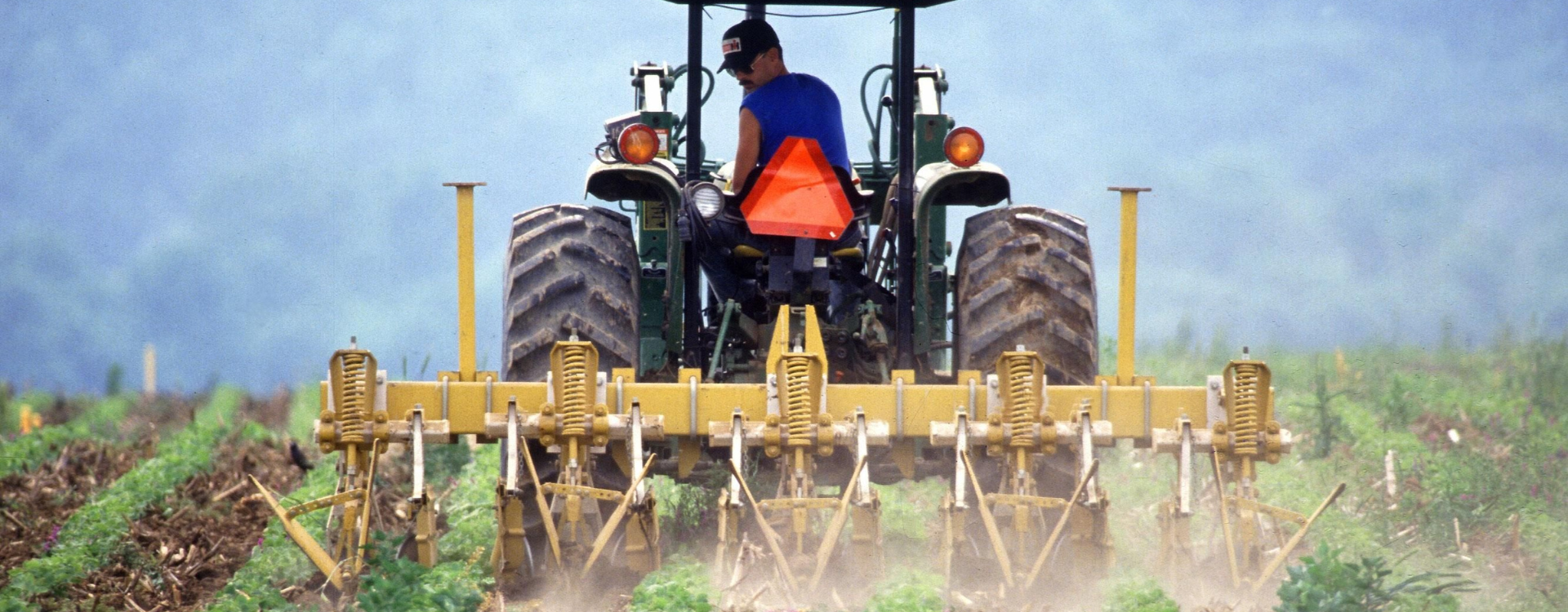
Environmental justice requires emission reductions but our climate action must also uphold it
The issue of agricultural emissions has been headline news and the talk of the country over the past few weeks. Yesterday, an agreement on targets was finally reached. The sector has pledged a 25% reduction in agricultural emissions by 2030. This reduction will sit alongside much larger reductions of between 44% and 75% in other sectors including residential, energy generation and transport. Both Agriculture Minister, Charlie McConalogue and Environment Minister, Eamon Ryan, have lost out in this compromise as they entered negotiations with a desired outcome of 22% and 30% respectively.
This should not be a battle between climate and farming. Viewing the issue as this false dichotomy disguises the fact that as emissions rise, we all lose. No-one is arguing that food production must stop for the sake of the climate; in fact rising emissions will make growing food in some areas that much more difficult. The recognition that we need to produce healthy food, and enough to support ourselves, is not in question. It is instead a question of what we produce and in what quantity, how we produce it, and how much we are willing to pay for it.
Farming within an ecosystem
Once we move away from black and white thinking, the shades of grey become more complex. Farming is a vital part of our economy and society, but in its current form it does not work on many levels. By its nature, farming exists within ecological systems. It is both dependent on ecological services (for example biological pollination, provision of clean water and nutrient cycling) and impacts upon the ecosystems in which it exists. Artificial fertilisers interrupt the natural cycling of nutrients; pesticides and herbicides directly kill biodiversity; and pollution from the excessive animal waste and chemicals pollute our rivers and streams.
Anything that exists within an ecosystem is usually also subject to some general ecological constraints. Farming is hugely dependent on having the right balance of water with both flooding and drought conditions affecting yield. The fodder crisis in 2018, precipitated by heavy rains followed by prolonged drought conditions, was a defining moment for some farmers, warning that Irelands’ agriculture sits on a knife edge, lacking resilience within the ecological system to cope when unfavourable weather conditions become more common. The free-draining soils of the southeast and the Golden Vale, the heartland of Irish dairy farms, will become more susceptible to drought. Within ecological systems, biodiversity tends to lend stability, the same could be said for agriculture. Reducing complexity within the system and degrading the natural buffers within the environment, while being over reliant on a particular output is a risky business.
Inequality within the system
Moves to reduce agricultural emissions can have other environmental benefits; better water quality, better air quality and increased protection for biodiversity are all results of a less intensive agriculture. But the actions taken to reduce these emissions must be socially and environmentally responsible. Deliberate care should be taken to ensure tree planting does not replicate the mistakes of the past and that smaller farmers are not pushed out by measures that are implemented across the board with no flexibility for differing circumstances.
The agricultural industry in Ireland is made up of many parts, with farmers representing only one part of the system. Agri-businesses and processors and retailers are other big players. We, as consumers are at the opposite end of the industry. We purchase food mainly through the intermediary of large retailers; in the gap between the producers and us is where a lot of the profits lie. Incredible profits are made by the food processors while we are able to buy fresh fruit and veg for literal cents in the supermarket.
Within the farming community there are clear inequalities in terms of income and scale of production. In such a diverse industry sweeping generalities are dangerous. The expansion and intensification of Irish agriculture occurred unequally across the entire country. Some areas saw massive increases in dairy numbers, while some areas remained more extensively farmed[1]. The tillage and horticultural sectors in Ireland have contracted to the point where we now import a large proportion of our fruit and vegetables.
Farmers will need flexibility in managing the reductions in emissions either through changes in the number of cattle stocked, fertiliser application, natural regeneration, agroecology peatland restoration, forestry planting or a combination of all of these. The funding that comes through the European subsidy scheme, CAP, is currently levered to penalise farmers who leave space for nature to thrive. Dramatic changes are needed there too, to help us achieve our goals.
Delivery on targets
While the talks were in full swing, and before the announcement that the agriculture sector – the final piece of the puzzle – would reduce its emissions by 25% it was reported that we are failing to meet the targets we have already set. Deadlines for actions in the Climate Action Plan are being missed. The EPA just last week announced a nearly 5% increase in emissions in 2021 in comparison to 2020 figures. This is a precedent that cannot continue.
The 51% reduction we are legally bound to does not even represent our fair share globally. As a nation we are incredibly high consumers of carbon. This consumption impacts the entire global community but the degraded environmental conditions which accompany it impact us locally.
There is no negotiating with the fact that emissions must come down. The targets are now set. Everyone knows where they need to go. The strides we need to make to get us there must start now.

